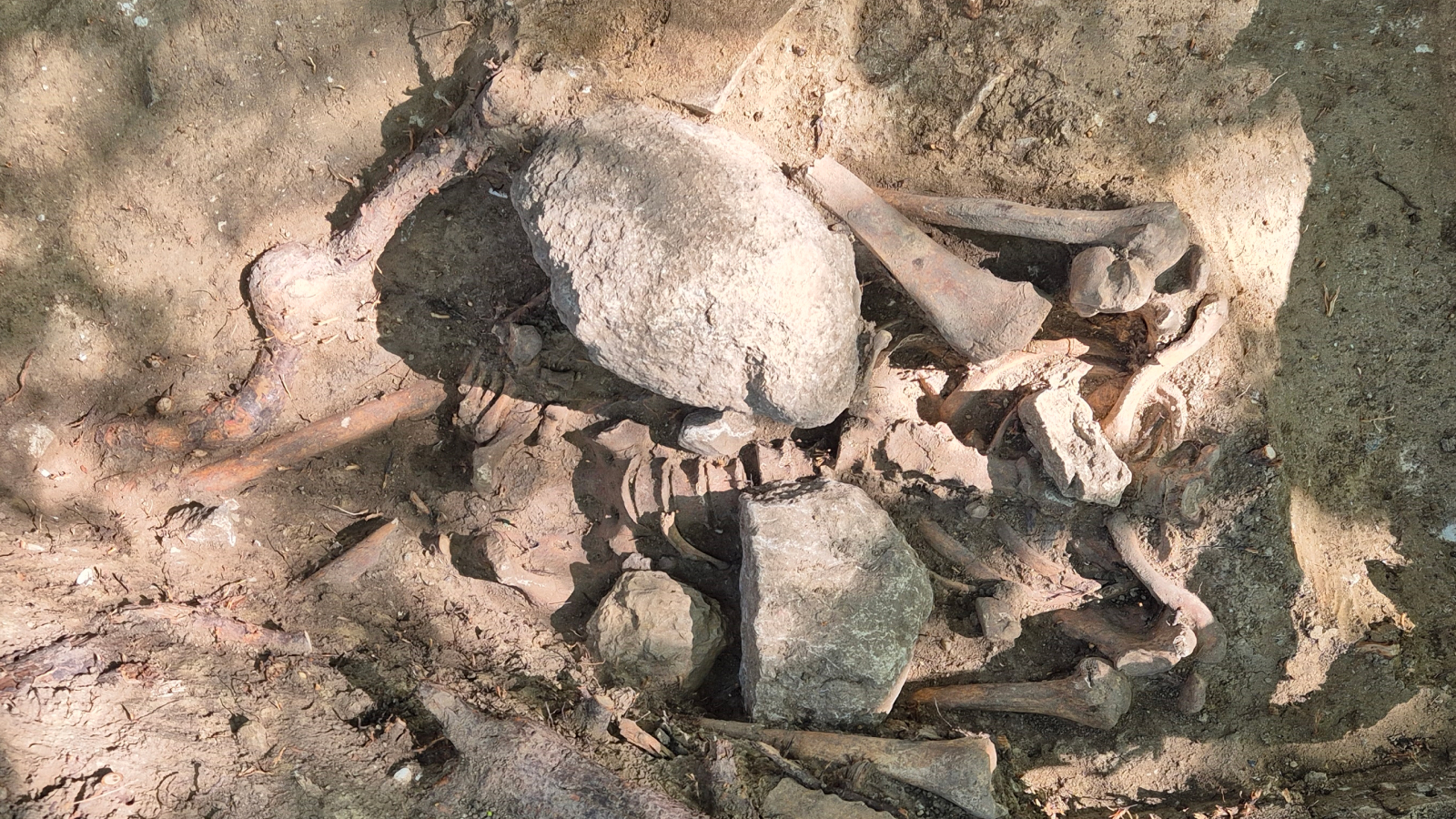Sustainability, Vol. 15, Pages 3356: Study on Dynamic Response of Damper under Gas Explosion Impact
Sustainability doi: 10.3390/su15043356
Authors: Shujuan Li Zhenzhen Jia Qing Ye
Mine ventilation provides fresh air to underground workers. The dampers can provide a qualified fresh air to each demand workplace by adjusting the air volume, which can ensure workers’ health. However, the powerful impact damage caused by gas explosions in the roadway can lead to deformation and damage to the dampers and even cause the breakdown of the ventilation system. At the same time, the impact effects of gas explosions may cause worker fatalities. For this reason, the dynamic response of gas explosions to dampers and their effects need to be studied. Based on the analysis of the damper construction and the damage characteristics of the gas explosion, ANSYS/LS-DYNA software is used to establish a mathematical-physical model of the damper with ventilation-regulating windows of six different sizes. The reliability of the model is verified by comparing the simulated pressure values with the values calculated by the Sadowski equation. The dynamic response characteristics of the dampers under the gas explosion impact are simulated and the displacement, equivalent stress and effective plastic strain of the dampers are measured. Finally, a theoretical analysis is carried out. The study results show that the displacement of the damper increases gradually from the edge to the center and the deformation is symmetrical in the absence of the ventilation-regulating window. The deformation region below the ventilation-regulating window is more obvious when the ventilation-regulating window is installed. The maximum stress of the damper first appears at the four corners of the damper, the stress of the unit at this position increases with the increase of the side length of the ventilation-regulating window. The stress of the unit in the lower left corner of the ventilation-regulating window first increases and then decreases with the increase of the side length of the ventilation-regulating window, and all the stresses of the units first increase and then decrease, and finally, the stresses basically approach a stable value. From the instantaneous ignition to the completion of the final reaction, the plastic strain gradually increases, but the area of the plastic strain region gradually decreases. The damage and deformation of the damper are basically consistent with the situation of the damper in the explosion accident. The research results can provide some theoretical basis and data support for the damper structure selection, damper location selection and setting of ventilation-regulating window.

 1 year ago
50
1 year ago
50


